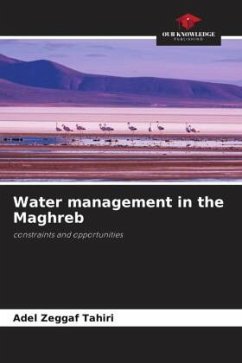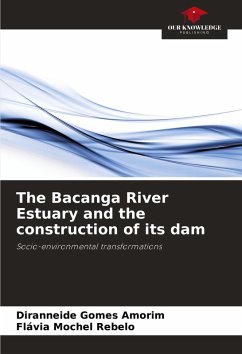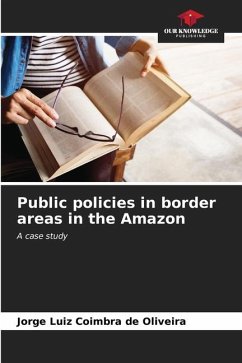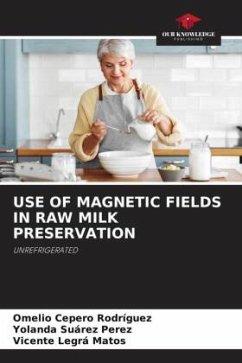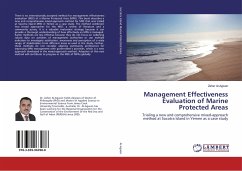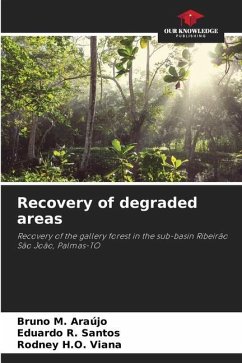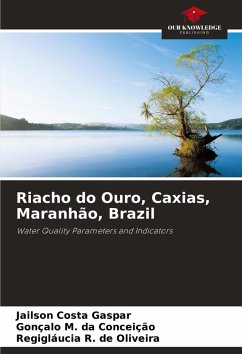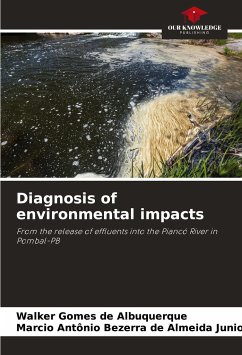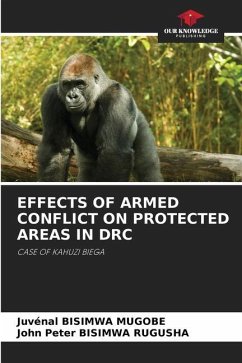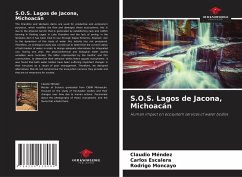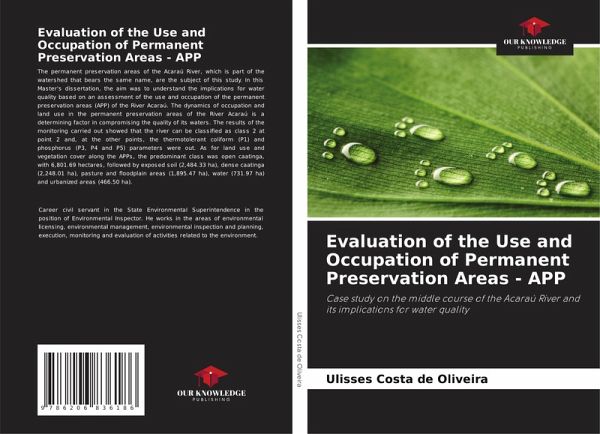
Evaluation of the Use and Occupation of Permanent Preservation Areas - APP
Case study on the middle course of the Acaraú River and its implications for water quality
Versandkostenfrei!
Versandfertig in 6-10 Tagen
37,99 €
inkl. MwSt.

PAYBACK Punkte
19 °P sammeln!
The permanent preservation areas of the Acaraú River, which is part of the watershed that bears the same name, are the subject of this study. In this Master's dissertation, the aim was to understand the implications for water quality based on an assessment of the use and occupation of the permanent preservation areas (APP) of the River Acaraú. The dynamics of occupation and land use in the permanent preservation areas of the River Acaraú is a determining factor in compromising the quality of its waters. The results of the monitoring carried out showed that the river can be classified as cla...
The permanent preservation areas of the Acaraú River, which is part of the watershed that bears the same name, are the subject of this study. In this Master's dissertation, the aim was to understand the implications for water quality based on an assessment of the use and occupation of the permanent preservation areas (APP) of the River Acaraú. The dynamics of occupation and land use in the permanent preservation areas of the River Acaraú is a determining factor in compromising the quality of its waters. The results of the monitoring carried out showed that the river can be classified as class 2 at point 2 and, at the other points, the thermotolerant coliform (P1) and phosphorus (P3, P4 and P5) parameters were out. As for land use and vegetation cover along the APPs, the predominant class was open caatinga, with 6,801.69 hectares, followed by exposed soil (2,484.33 ha), dense caatinga (2,248.01 ha), pasture and floodplain areas (1,895.47 ha), water (731.97 ha) and urbanized areas (466.50 ha).



